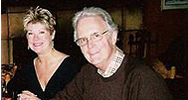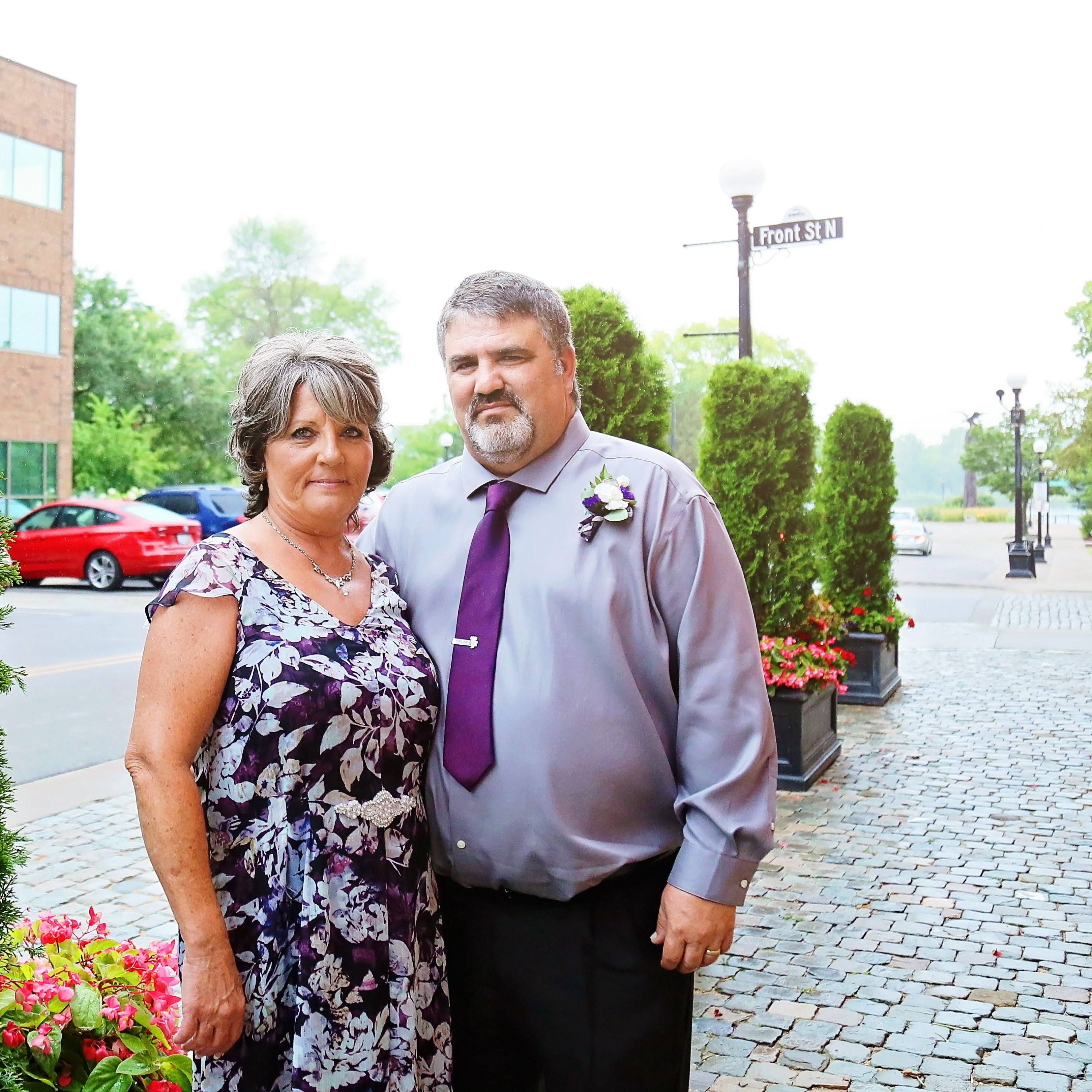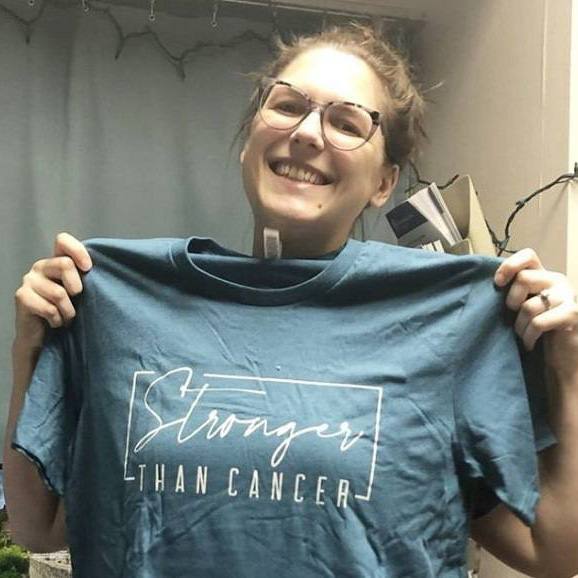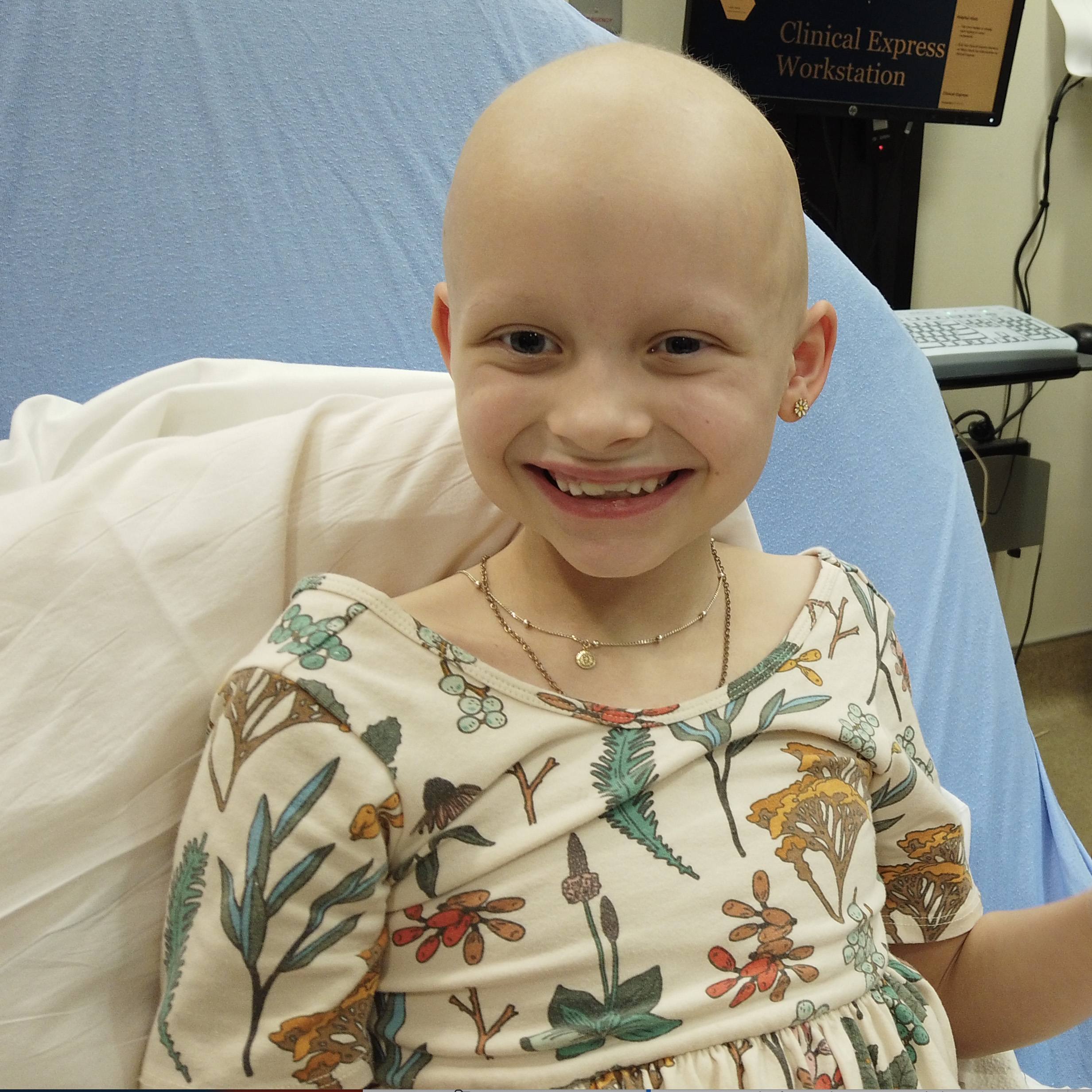 Professor had a feeling in his throat area for months, but was told not to worry about it. After two to three years it hadn't gotten better. Though he had no pain, his speech was beginning to slur, and he was referred to another doctor.
Professor had a feeling in his throat area for months, but was told not to worry about it. After two to three years it hadn't gotten better. Though he had no pain, his speech was beginning to slur, and he was referred to another doctor.
The second doctor diagnosed the cancer and described the surgery he recommended. When he left the office, Jim called his wife, Gayla, and told her, "You're not going to believe this, honey. I have cancer." When she asked him to come right home, he replied, "We're going to the Mayo Clinic."
He was momentarily surprised at his immediate response. But as the Thomas C. Simons Professor of Business at the University of Kentucky, his major academic interest is the marketing and management of service organizations. So he knew that Mayo Clinic has an international reputation for excellence. A week or 10 days after Jim's diagnosis, he and Gayla drove to Mayo Clinic for the evaluation that his physician in Lexington had arranged.
Mayo Clinic's efficiency was particularly noticeable to a management expert. He compares his experiences at Mayo with those of friends and relatives in other cities, where people often wait more than a week for the results of lab work, imaging scans and other diagnostic tests. "At Mayo, they don't leave you with uncertainty. They get the results quickly, and so did I."
So impressed was he by Mayo's team approach to treatment, Jim knew that he wanted more than a confirmation of his diagnosis. He wanted to stay there for the course of radiation treatment and chemotherapy that the medical team prescribed. Of team leader Dr. Robert Foote, a radiation oncologist; Dr. Julian Molina, a medical oncologist; and Dr. Kerry Olsen, an ear, nose and throat surgeon, Jim says, "I am blessed to have them as a team."
Jim and Gayla went home for a few days, then returned to Rochester for a three-month stay. "I was very lucky to have my wonderful wife with me the whole time. Gayla never let on that she was scared, although she was told here at home that I would not survive 2005. Whenever I'd see one of the team, she would go with me and take notes. During my treatment, I was foggy at best. She was very businesslike. If it wasn't for her, I don't think I could have gone to Rochester for three months of treatment."
Jim had radiation treatment five days a week for seven weeks, 35 radiation treatments in all. During those seven weeks, he also had three chemotherapy treatments. "Before treatment started, one of the doctors told me they were going to 'beat me up,' and they did. But it wasn't as bad as I thought it was going to be."
For the first two years after his treatment was completed in May of 2005, Jim returned for follow-up care every three months. Those check-ups include blood work, X-rays, and other imaging scans. Now his follow-up visits are just twice a year.
Jim's treatment team was most helpful and made a big difference in his life, he believes. During his stay, he came to rely on the many staff on his care team.
"During radiation treatments, I was bolted into a mask so I couldn't move my head. After the 33rd or 34th treatment, I wanted to walk out of there in a straight line — I didn't want anyone to think I was drunk." As he struggled to manage his gait, Jim said, "I sure hope all these treatments are going to do some good." He immediately heard, "I don't hope these treatments are going to do you some good, I know they're going to do you some good."
Although he thought it might sound peculiar, Jim said that some wonderful things have come out of the experience, including the chance to reconnect with friends with whom he'd been out of touch for years. Friends sent so many books, CDs, DVDs, puzzles, movies, word games, board games, and plants that "Our room at the hotel looked like K-Mart." So Jim and Gayla had plenty of entertainment when they stayed on for a week after the end of his treatment as he recuperated for the trip back to Lexington.
Jim sees many differences in his life since his cancer treatment. Before his diagnosis, he says, "My perspective on time was so much different. I was always thinking about what I had to do next. I had to give a talk, make up an exam, finish revising a book." Part of the change in perspective came from the people he met in the waiting rooms. "Nobody asks what you do for a living. Nobody asks what kind of car you drive, or how much money you make. The people you meet in chemo or radiation therapy have a sense that we're all in this together.
Jim grew up in Brooklyn, New York, and had worked his way through college as a pianist. Many of his friends there are musicians and singers. "When they found out I had cancer, some old friends in Brooklyn invited me up for a "farewell tour" in 2006, a reference to the tradition of repeated tours by almost-retired artists. "This fall I'm going up for my Second Annual Farewell Tour, and I hope I have more farewell tours — like Tina Turner or Cher."
"The team has enabled me to have two and a half years of life that I didn't expect to have. I can talk. I can eat. If you didn't know I'd been sick, you wouldn't be able to tell. They have made such a difference in my life. What I was expecting to happen to me was not good."







